Piriformis Syndrome
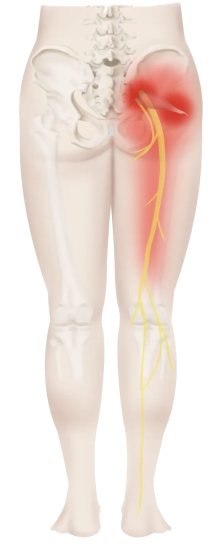
Piriformis Syndrome
Piriformis syndrome is a condition that results from compression of the sciatic nerve due to tightness or spasm of the piriformis muscle. This guide will discuss the causes, symptoms, and treatment options for piriformis syndrome.
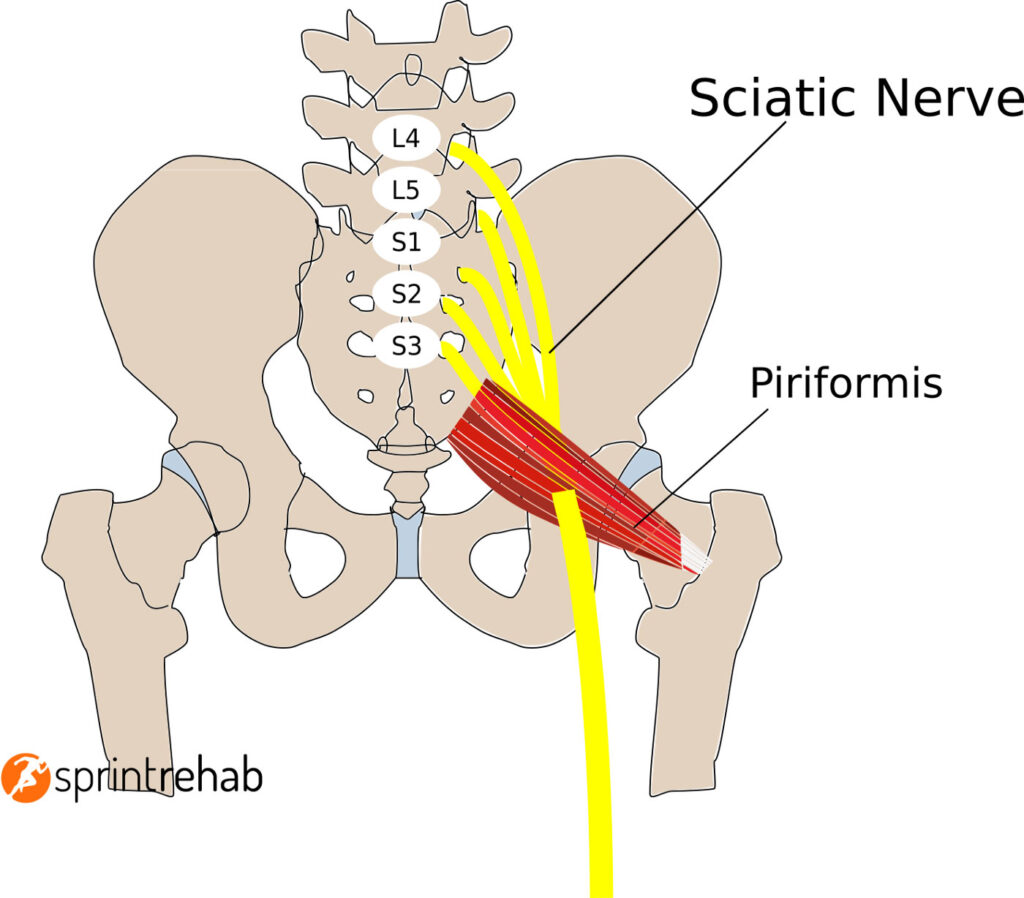
Piriformis Syndrome: An introduction
Piriformis Syndrome is a condition where the piriformis muscle, which is located in the buttock region, becomes irritated or tightens. This can lead to pain in the buttocks and down the leg. The syndrome can also cause numbness or tingling in the legs and feet.
The piriformis muscle is a small muscle that helps stabilize the hip joint. It also assists in the movement of the leg from side to side. When this muscle becomes tight or irritated, it can compress the sciatic nerve, which runs underneath it. This compression can cause deep buttock pain and other symptoms along the path of the nerve, which extends from the lower back down to the feet.
Piriformis Syndrome is more common in women than men and is often seen in people who sit for long periods or have a job that requires them to twist or turn their waist frequently. The condition can also be caused by an injury to the muscle, overuse, or prolonged periods of inactivity.
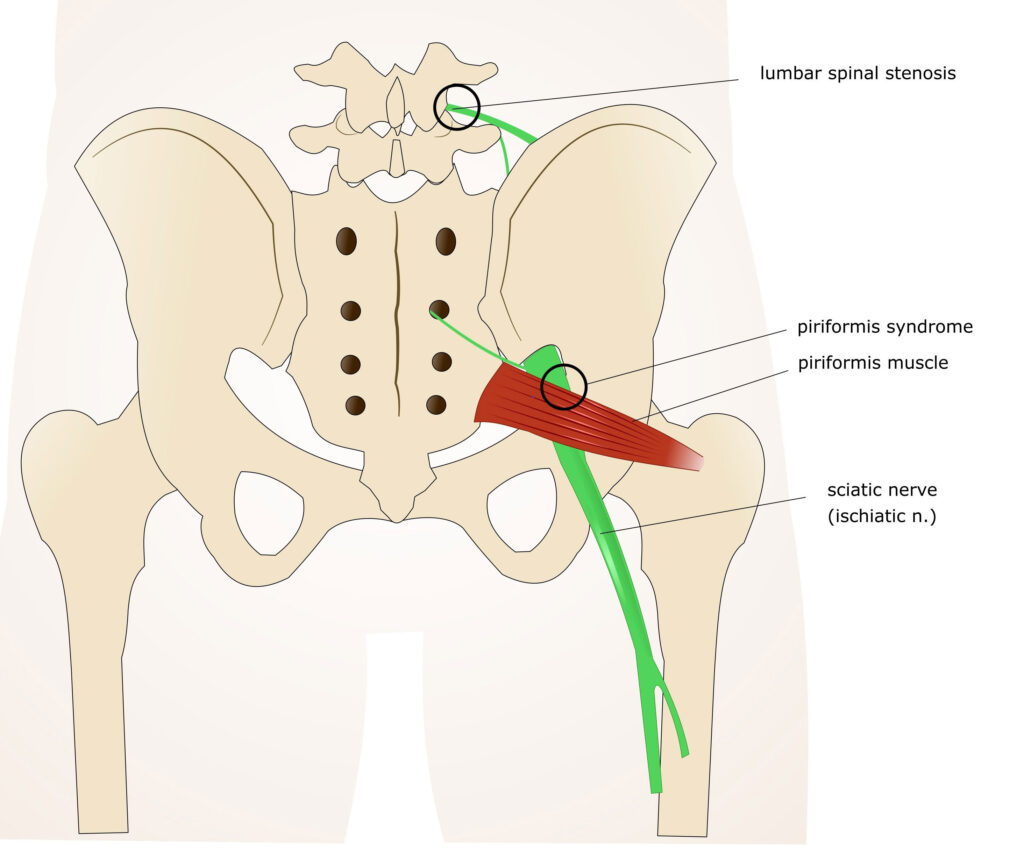
Causes of Piriformis Syndrome
Piriformis syndrome is caused by the inflammation or irritation of the sciatic nerve. The sciatic nerve is the longest and largest nerve in the body, running from the lower back down to the feet. The piriformis muscle is a small muscle located in the buttocks near the top of the hip joint. The sciatic nerve runs underneath this muscle. If the piriformis muscle becomes tight or spasms, it can compress or irritate the sciatic nerve, causing sciatic pain in the lower back, buttocks, and legs.
There are several possible causes of piriformis syndrome, including:
-Tightening of the piriformis muscle due to stress or overuse
-Inflammation or irritation of the split sciatic nerve
-A direct injury to the piriformis muscle or sciatic nerve
-Degenerative changes in the spine that put pressure on the nerve
-Spinal tumors or other growths that compress the nerve
-Pregnancy, can cause the pelvis to tilt forward and compress the sciatic nerve
-A sedentary lifestyle or prolonged sitting, can cause the muscles in the buttocks to tighten and spasm

Symptoms of Piriformis Syndrome
The most common symptom of piriformis or deep gluteal syndrome is pain in the lower back, buttocks, and legs. This pain is caused by the compression or irritation of the sciatic nerve. The pain may be dull and achy, or it may be sharp and shooting. The pain may worsen with activities such as sitting, standing, walking, or climbing stairs.
Other symptoms of piriformis syndrome can include:
-Muscle spasms in the buttocks
-Tingling, numbness, or weakness in the legs or feet
-Difficulty moving the legs or walking
– pain when pressure is applied to the buttocks
Diagnosis of Piriformis Syndrome
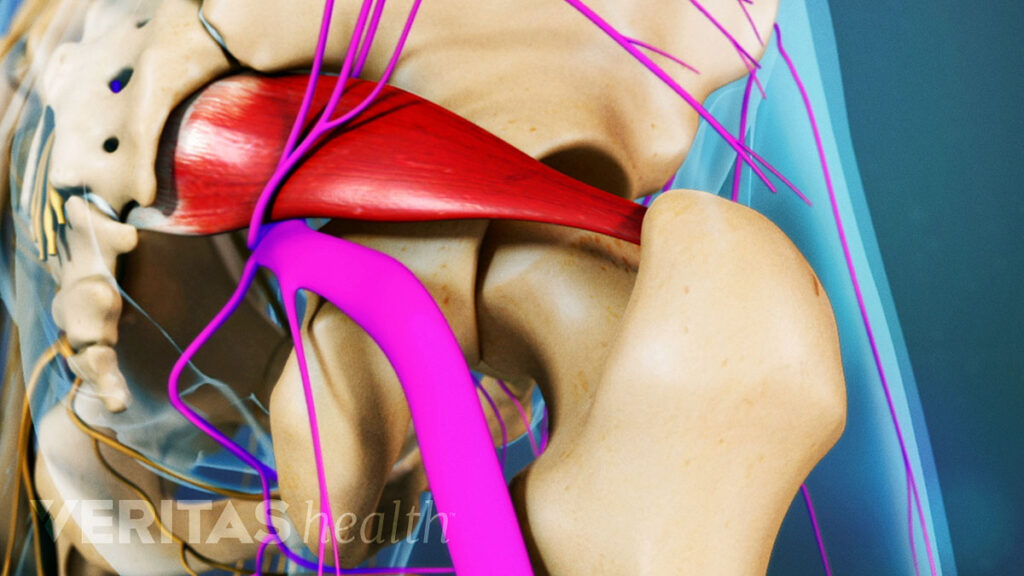
Piriformis syndrome is typically diagnosed based on a review of symptoms and a physical exam. Your doctor may ask you to describe your pain and when it started. He or she will also likely check for muscle spasms in the buttocks and weakness or numbness in the legs.
Imaging tests, such as an MRI, may also be used to rule out other conditions that could cause similar symptoms, such as a herniated disc or spinal stenosis.
Treatment of Piriformis Syndrome
The goal of treatment for primary or secondary piriformis syndrome is to reduce the pain and other symptoms. Treatment may include:
Rest:
Avoiding activities that worsen symptoms is often the first step in treating primary piriformis syndrome.
Ice:
Applying ice to the affected area can help reduce pain and inflammation.
Physical therapy:
A physical therapist can teach you exercises to stretch and strengthen the muscles around the hip and pelvis.
Massage:
Massaging the muscles around the hip with muscle relaxants can help relieve muscle spasm and pain.
Medications:
Over-the-counter pain relievers, such as ibuprofen, may be helpful in reducing pain and inflammation. Your doctor may also prescribe stronger medications if needed.
Injections:
Steroid injections may be used to reduce inflammation and pain.
Surgery:
In rare cases, surgery may be necessary to release the split piriformis muscle or relieve pressure from the adjacent sciatic nerve compression.
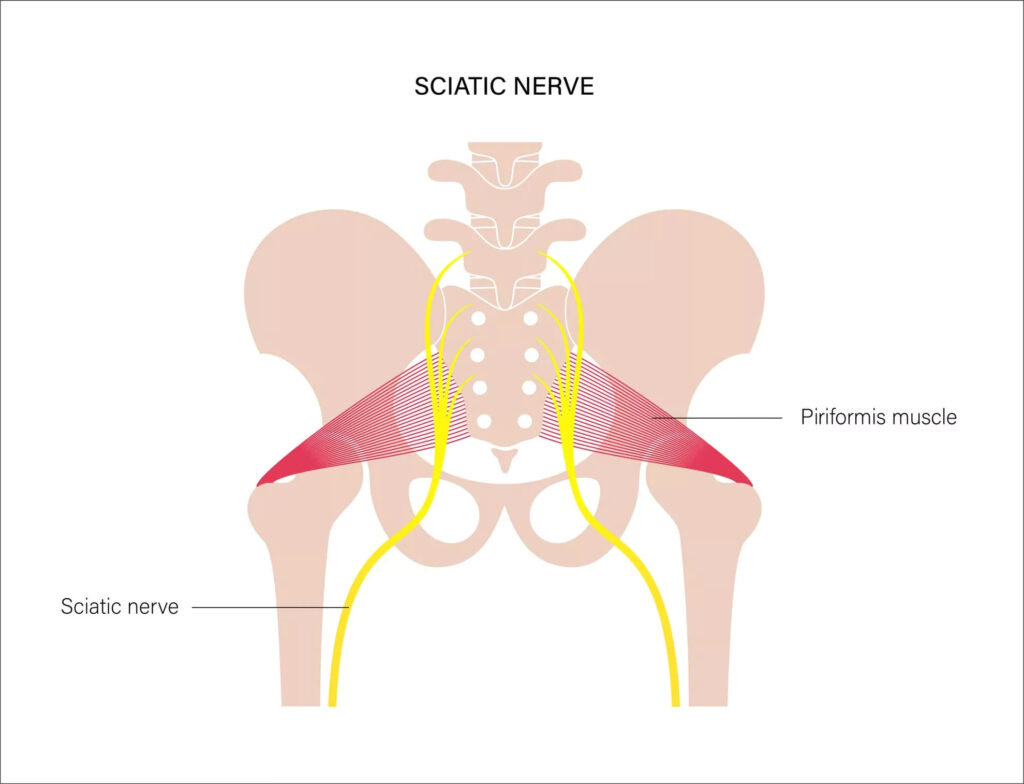
Preventing Piriformis Syndrome from occurring in the first place
The best way to prevent piriformis syndrome is to maintain good muscle balance and flexibility in the hip area. This can be done by:
– Stretching the muscles around the hip regularly
– Taking breaks during extended periods of sitting or standing
– Wearing comfortable, low-heeled shoes
– Exercising regularly
– Practicing proper posture
If you already have piriformis syndrome, these measures may help relieve your symptoms and prevent the condition from worsening. You should also avoid activities that aggravate your symptoms, such as running or cycling on uneven surfaces. If conservative treatments don't provide pain relief, surgery may be necessary to release the muscle or remove bone spurs.
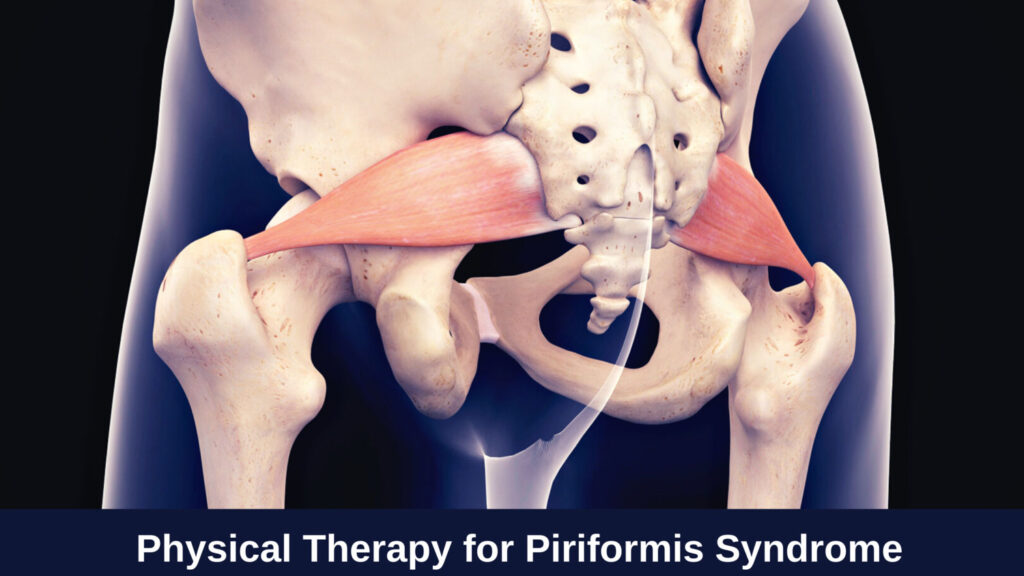
What are some helpful exercises to relieve pain caused by Piriformis Syndrome?
There are a few helpful exercises that can help to relieve pain caused by Piriformis Syndrome.
Piriformis Stretch
One helpful exercise is the “Piriformis Stretch.” To do this stretch, start by lying on your back with both legs straight. Then, cross your right leg over your left leg, and place your right hand on your right knee. Gently pull your right knee towards your chest until you feel a stretch in your buttock area. Hold this stretch for 30 seconds, and then repeat on the other side.
Hip Abduction
Another helpful exercise is “Hip Abduction.” To do this exercise, start by standing with feet hip-width apart and a small towel or resistance band wrapped around the ankles. Then, lift your left leg out to the side, keeping your leg straight. Return to the starting position, and repeat with the other leg. Do 2-3 sets of 10 repetitions on each side.
Clamshell
Finally, the “Clamshell” is a great exercise for preventing and relieving Piriformis Syndrome pain. To do this exercise, start by lying on your right side with your knees bent at a 90 degree angle. Place your right hand on your hip to stabilize your body, and then lift your left knee up towards the ceiling. Next, open your left knee out to the side while keeping your feet together. Return to the starting position, and repeat 10 times before switching sides.
If you are suffering from Piriformis Syndrome pain, these exercises can help to relieve your pain and prevent the condition from worsening. However, it is important to consult with a doctor or physical therapist before starting any new exercise routine. They can help you to choose the best exercises for your specific condition and make sure that you are performing them correctly.
Can lifestyle changes help to improve symptoms of Piriformis Syndrome?
There is no one-size-fits-all answer to this question, as the best approach for each individual may vary depending on the severity of their symptoms and the underlying cause of their condition. However, making simple lifestyle changes such as practicing proper posture and stretching regularly can often help to alleviate pain and improve function in those with Piriformis Syndrome. In addition, avoiding activities that exacerbate symptoms and working with a physical therapist or another healthcare provider to create an individualized treatment plan can also be beneficial. If you are struggling with symptoms of Piriformis Syndrome, talk to your doctor or a physical therapist to see if these lifestyle changes could help you find relief.
Have you been injured at some point in your journey?
Are you not achieving your highest level of function?
We’ve helped hundreds of people at all walks in life
get back to performing their best painfree!
3 Ways to Level Up Your Rehab and Injury Prevention With Us





